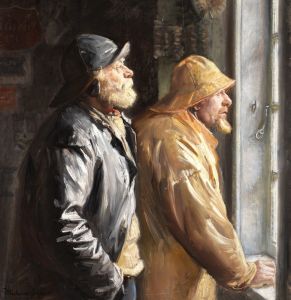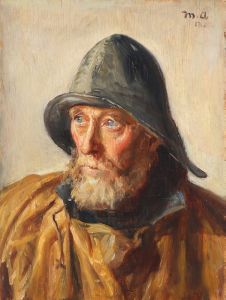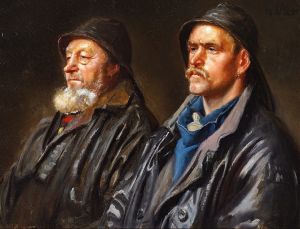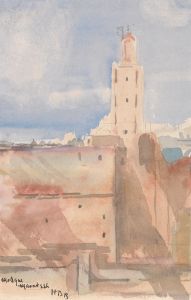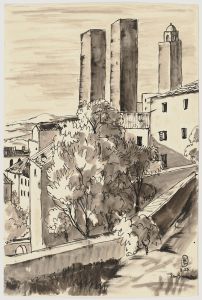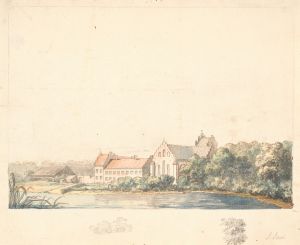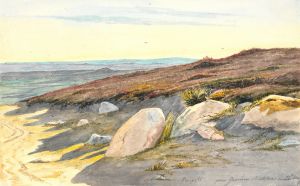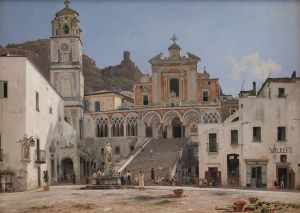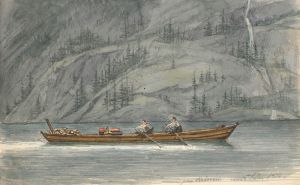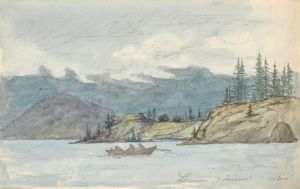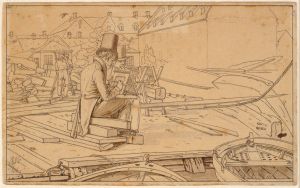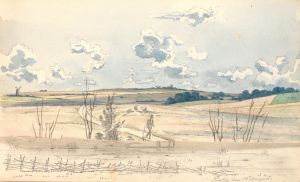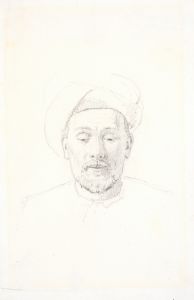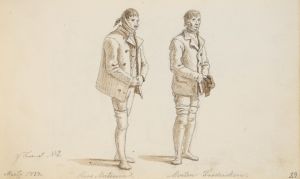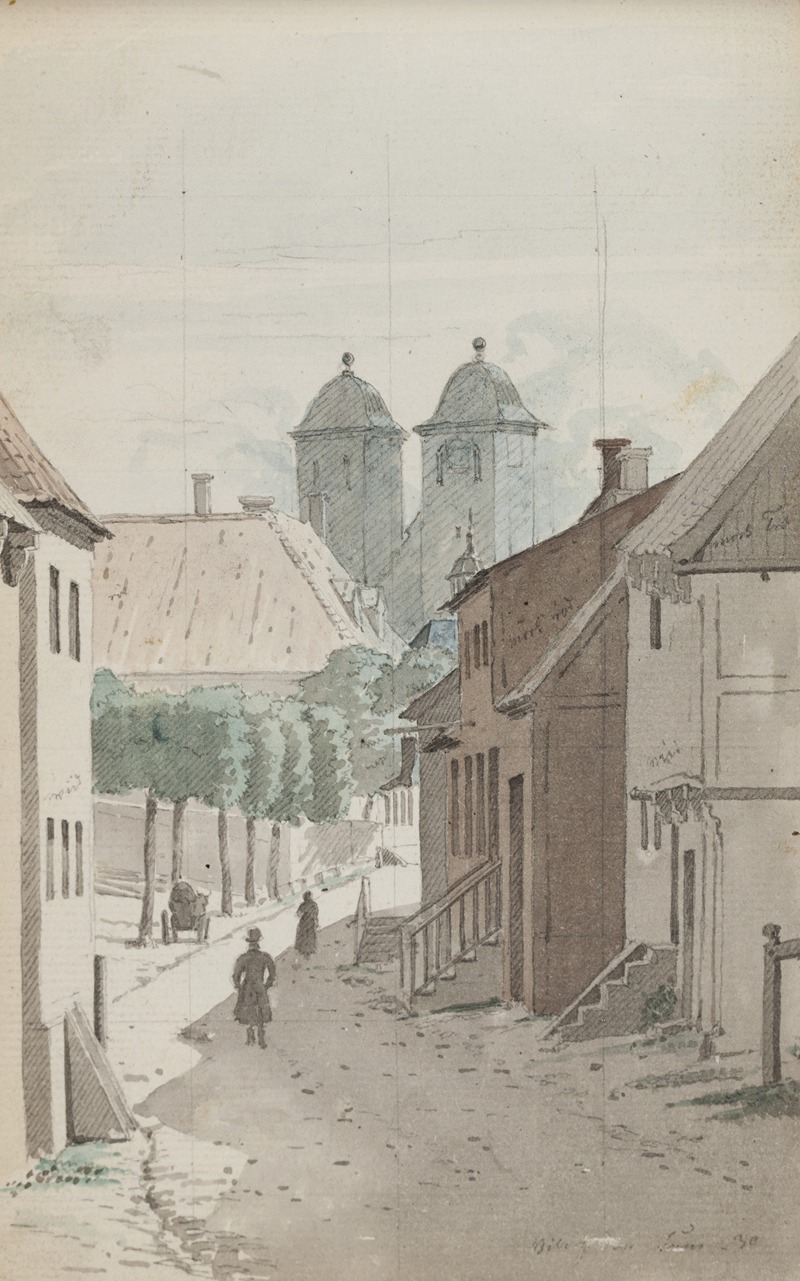
Et kik ned ad et stræde mod Viborg Domkirkes to tårne
A hand-painted replica of Martinus Rørbye’s masterpiece Et kik ned ad et stræde mod Viborg Domkirkes to tårne, meticulously crafted by professional artists to capture the true essence of the original. Each piece is created with museum-quality canvas and rare mineral pigments, carefully painted by experienced artists with delicate brushstrokes and rich, layered colors to perfectly recreate the texture of the original artwork. Unlike machine-printed reproductions, this hand-painted version brings the painting to life, infused with the artist’s emotions and skill in every stroke. Whether for personal collection or home decoration, it instantly elevates the artistic atmosphere of any space.
"Et kik ned ad et stræde mod Viborg Domkirkes to tårne" is a painting by the Danish artist Martinus Rørbye, who was a prominent figure in the Danish Golden Age of painting. Rørbye was known for his detailed and atmospheric landscapes and architectural scenes, often capturing the essence of Danish life and scenery in the 19th century. This particular work exemplifies his skill in portraying urban landscapes with a focus on architectural elements.
The painting depicts a street view leading towards the two towers of Viborg Cathedral, a significant landmark in the city of Viborg, Denmark. Viborg Cathedral, known in Danish as Viborg Domkirke, is one of the most important religious buildings in Denmark, with a history dating back to the 12th century. The cathedral is renowned for its Romanesque architecture, although it has undergone several restorations and reconstructions over the centuries, particularly in the 19th century, which aligns with the period when Rørbye was active.
Rørbye's work is characterized by its attention to detail and the ability to capture the mood and atmosphere of the scene. In "Et kik ned ad et stræde mod Viborg Domkirkes to tårne," he employs a perspective that draws the viewer's eye down the street towards the imposing structure of the cathedral's twin towers. The composition is likely to include elements typical of Rørbye’s style, such as careful rendering of architectural details and an emphasis on light and shadow to create depth and realism.
Martinus Rørbye was part of a generation of Danish artists who were influenced by the National Romantic movement, which sought to express a sense of national identity through art. His works often reflect a deep appreciation for Danish culture and landscapes, and he was known for traveling extensively throughout Denmark and other parts of Europe to find inspiration for his paintings. This particular painting would have been part of his exploration of Danish urban and rural settings, capturing the unique character of each location.
The painting is an example of Rørbye’s ability to blend architectural precision with a sense of narrative, inviting viewers to imagine the life and activity that might occur in such a setting. His works are celebrated for their contribution to Danish art and for providing a window into the 19th-century Danish environment, both urban and rural.
While specific details about the painting's current location or its provenance might not be widely documented, Rørbye's works are generally held in high regard and are part of collections in various Danish museums, including the National Gallery of Denmark. His paintings continue to be studied and appreciated for their historical significance and artistic merit, offering insights into the architectural and cultural landscape of Denmark during his lifetime.





